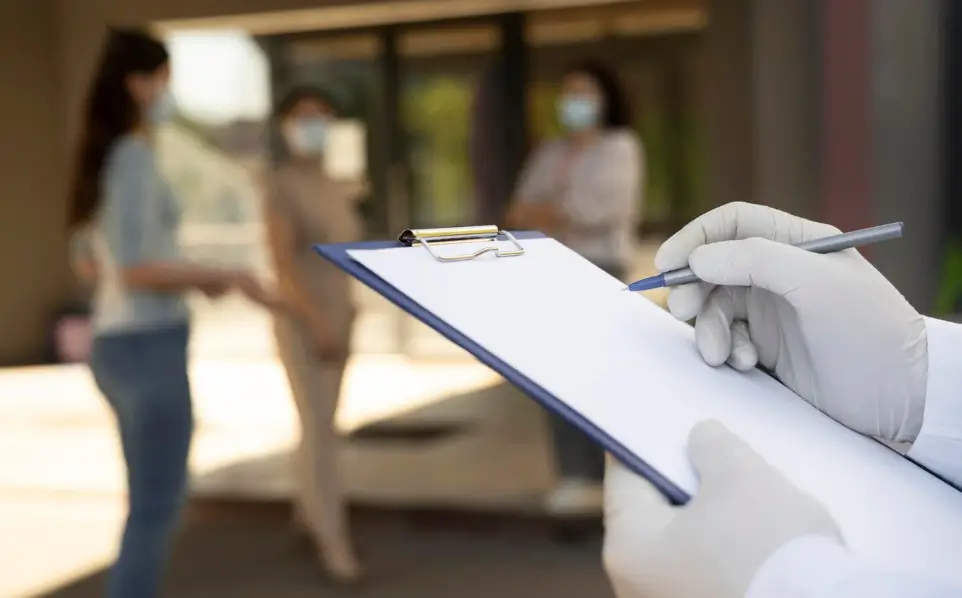Purchasing medical equipment for clinics or home care is a critical process that directly impacts patient safety, treatment quality, and operational efficiency. In Pakistan, with the growing demand for healthcare services and home-based care, having a structured checklist ensures that you make informed decisions, avoid unnecessary expenses, and comply with safety standards.
This guide provides a step-by-step approach to creating a medical equipment purchase checklist suitable for both small clinics and home care setups.
Why a Medical Equipment Purchase Checklist is Important
- Ensures Safety: Confirms that all equipment meets safety and regulatory standards.
- Optimizes Budget: Helps prioritize essential devices and avoid overspending.
- Improves Efficiency: Streamlines the purchasing process by organizing needs systematically.
- Prevents Missing Essentials: Guarantees no critical equipment is overlooked.
Step 1: Identify Your Healthcare Needs
Before buying any equipment, assess the services you provide:
- Clinic Needs: General checkups, diagnostics, minor procedures, or emergency care.
- Home Care Needs: Respiratory support, mobility assistance, monitoring devices, or chronic disease management.
Create categories based on patient requirements, such as:
- Diagnostic devices
- Respiratory equipment
- Patient monitoring devices
- Mobility and care tools
- Hygiene and sterilization equipment
Step 2: List Essential Equipment
a. Diagnostic Tools
- Stethoscopes
- Blood pressure monitors
- Thermometers (digital or infrared)
- Pulse oximeters
b. Respiratory Equipment
- Oxygen concentrators (portable and home-style)
- CPAP/BiPAP machines
- Nebulizers
c. Patient Monitoring Devices
- Multi-parameter monitors
- Cardiac monitors
- Temperature and vitals monitoring systems
d. Patient Care Equipment
- Medical beds (manual and electric)
- Wheelchairs and stretchers
- Mattresses and cushions
e. Emergency and Life-Saving Devices
- Ventilators (for clinics or advanced home care)
- Defibrillators (AEDs)
- Suction machines
f. Sterilization and Hygiene
- Autoclaves and sterilizers
- Gloves, masks, and PPE
- Disinfectants and sanitizers
Step 3: Define Technical Specifications
- Quality and Standards: Check for certifications like ISO, CE, or FDA approval.
- Compatibility: Ensure devices are compatible with existing clinic setups or home oxygen systems.
- Durability: Consider long-term reliability and maintenance requirements.
- Size and Portability: Especially for home care, compact and lightweight devices are ideal.
Step 4: Budgeting and Cost Planning
- Compare prices from verified suppliers in Pakistan.
- Include additional costs such as installation, delivery, training, and maintenance.
- Consider renting high-cost equipment like ventilators or CPAP machines for home care.
Step 5: Supplier Evaluation
Choose suppliers based on:
- Reputation and Reviews: Reliable suppliers with a proven track record.
- After-Sales Support: Availability of spare parts, maintenance, and service.
- Warranty and Return Policy: Ensure the equipment is covered for defects or malfunctions.
Step 6: Maintenance and Training Plan
- Schedule regular maintenance checks to extend equipment life.
- Train staff or caregivers on proper usage and safety protocols.
- Keep a logbook of usage, repairs, and replacements for accountability.
Step 7: Create the Checklist Document
A practical checklist should include:
| Equipment Name | Quantity | Specifications | Supplier | Price | Maintenance Schedule | Notes |
| Oxygen Concentrator | 2 | 5L/min, portable | Yuwell | PKR 45,000 | Every 6 months | Battery backup |
| Pulse Oximeter | 5 | Digital, fingertip | Local Supplier | PKR 1,500 | Monthly check | – |
This table can be expanded for all required equipment and updated as your needs evolve.
Tips for Efficient Medical Equipment Purchasing
- Prioritize Essential Items: Focus on devices critical for patient care.
- Check for Local Availability: Ensure suppliers provide quick delivery and support in Pakistan.
- Verify Authenticity: Avoid counterfeit devices by checking certifications.
- Plan for Upgrades: Choose equipment that can be upgraded or has add-on features.
- Keep a Record: Maintain a digital and physical copy of the checklist for audits and inventory.
Conclusion
Creating a medical equipment purchase checklist is a vital step for clinics and home care setups in Pakistan. It ensures patient safety, operational efficiency, and cost-effective decision-making. By following a structured approach—assessing needs, listing essential devices, evaluating suppliers, and planning maintenance—you can build a reliable and practical checklist that supports high-quality healthcare delivery.

